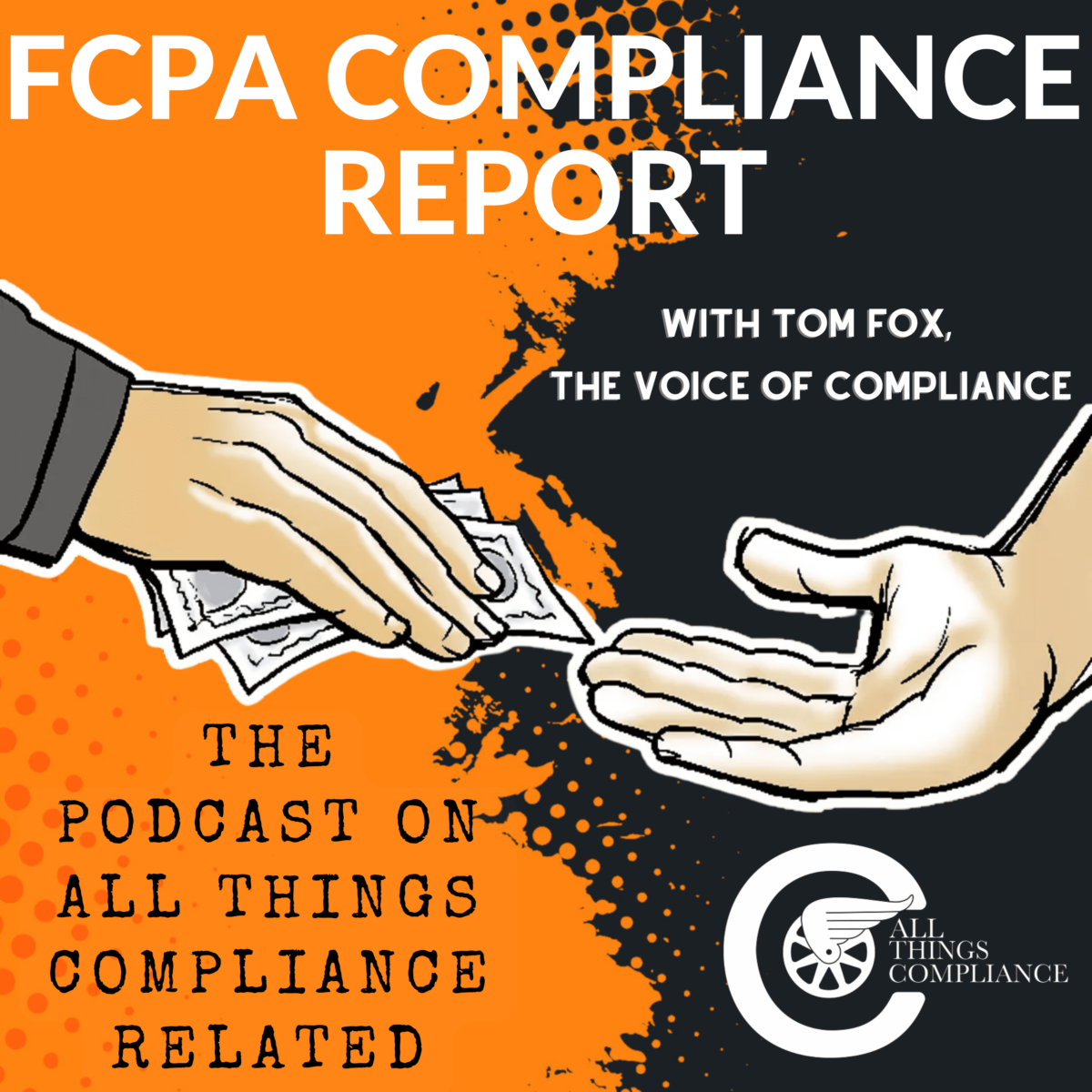Welcome to a special five-part blog series on building a stronger culture of compliance, sponsored by Diligent. In this series I will visit with Yvette Hollingsworth-Clark, Viktor Cuijak, Jessica Czeczuga; Michael Parker; and Alexander Cotoia. In this series, we will consider what is culture, how to assess culture, putting together a strategy to manage culture based upon this assessment, the monitoring of that strategy going forward and using information from your monitoring to engage in continuous improvement of your culture.
Many compliance professionals struggle with the ‘softness’ of culture. However, properly viewed culture can be seen as another type of risk for any organization. Viewed through this lens, culture can then be assessed, managed, monitored and improved as any other business risk. This has become even more important since the announcement in October 2021 by Deputy Attorney General Lisa Monaco, that the Department of Justice would assess corporate culture as a part of any corporate compliance enforcement action. In this Part 1, we ask what is culture with our special guest Yvette Hollingsworth-Clark.
Yvette currently holds the position of Chief Compliance Officer for State Street Corporation and is on the Board of Directors at Diligent. With a robust background in risk management, Yvette has cultivated a deep understanding of the significance and measurement of corporate culture. She asserts that corporate culture should not be solely managed by the compliance function, but rather owned by the C-suite and executed in various forms. Yvette stressed the need for specific metrics to monitor and promote desired cultural values, such as integrity, and believes that culture can be measured through metrics such as the number of risk decisions overruled, challenged, or implemented correctly. She also highlighted the importance of considering stakeholders such as customers, clients, and third parties when assessing corporate culture.
Yvette emphasized that culture is not solely the responsibility of the compliance function but is owned by the C-suite and executed in various ways throughout the organization. CEOs have a significant role to play in driving corporate culture. They must lead by example, set expectations, and hold managers accountable for adhering to the desired cultural attributes.
One key aspect is the importance of tone from the top. Employees observe the behavior of their senior leaders and often mimic their actions. CEOs need to be conscious of the examples they set, both verbally and through their behavior. Fairness is also crucial in setting the culture of a company. Every decision made by senior leaders, regardless of their position, should demonstrate fairness and align with the desired culture.
The Board of Directors also plays a significant role in shaping and overseeing corporate culture. They need to understand how management defines culture and how ethical issues are managed within the organization. Yvette advises boards to think about the framework of culture more broadly, considering factors such as the company’s reputation to customers and other stakeholders, as well as the employee experience. It is essential to demonstrate how the organization is executing against the cultural attributes that are deemed positive for the company.
Assessing corporate culture is a complex task that requires a balance between art and science. While there are specific metrics that can be used to measure culture, such as risk decisions, policy violations, and disciplinary actions, it is important to anchor the assessment to the specific aspects of culture that are relevant to the organization. Yvette suggests using a suite of metrics that focus on risk excellence and positive indicators of culture, such as employee training, customer treatment, and incident handling.
One must always remember that assessing culture is not a one-size-fits-all approach. It requires organizations to be specific about what their data can answer and what it cannot. A culture assessment is still more of an art than a science, but it is crucial to have a clear understanding of the indicators that align with the organization’s desired culture.
In conclusion, corporate culture is of utmost importance in the financial services industry. It is not only the responsibility of the compliance function but is owned by the C-suite and executed throughout the organization. CEOs must lead by example and set expectations, while the board plays a significant role in shaping and overseeing culture. Assessing culture requires a balance between art and science, with organizations using specific metrics that align with their desired cultural attributes. By prioritizing and measuring culture, financial services organizations can create an environment that promotes ethical behavior, risk excellence, and positive outcomes for all stakeholders.
Join us tomorrow where we explore assessing organizational culture.
Tune into Yvette Hollingsworth-Clark on the Diligent-sponsored podcast series Unlocking Success: The Crucial Role of Culture in a Best Practices Compliance Program.











